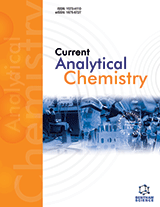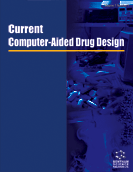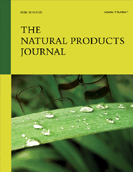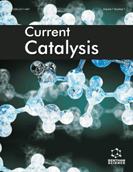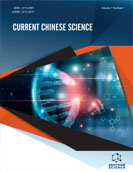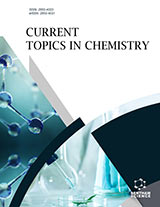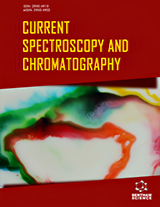Note! Please note that this article is currently in the "Article in Press" stage and is not the final "Version of record". While it has been accepted, copy-edited, and formatted, however, it is still undergoing proofreading and corrections by the authors. Therefore, the text may still change before the final publication. Although "Articles in Press" may not have all bibliographic details available, the DOI and the year of online publication can still be used to cite them. The article title, DOI, publication year, and author(s) should all be included in the citation format. Once the final "Version of record" becomes available the "Article in Press" will be replaced by that.
Abstract
Background: Flavonoid is a type of active constituent in herbs and always used as the quality control markers of herbal medicines. Owing to the extensive diversity of flavonoids, numerous reference compounds are necessitated for the analysis of flavonoids, and some are usually very expensive, which engenders challenges in the analysis of flavonoids in herbal medicines. Consequently, the development of a simple, rapid, and reference compounds saving method is important for the determination of flavonoids in herbal medicines.
Objective: In order to develop a high-performance liquid chromatography (HPLC) method for the determination of 5 flavonoids (mangiferin, hesperidin, baicalin, buddleoside, and rutin) in five herbal medicines (Anemarrhenae rhizome, Sophorae flos, Citri reticulatae pericarpium, Scutellariae radix, and Chrysanthemi indici flos) with rutin.
Methods: Five herbal medicine samples were prepared according to the Chinese Pharmacopoeia which includes ultrasound and reflux methods. The separation of the sample was performed on a PoroShell 120 EC-C18 (4.6 mm×100 mm, 2.7 µm) by gradient elution with 0.1% formic acid and acetonitrile at a flow rate of 1.0 mL/min. The wavelengths were set as follows: Anemarrhenae rhizome (363 nm), Sophorae flos (256 nm), Citri reticulatae pericarpium (236 nm), Scutellariae radix (263 nm), Chrysanthemi indici flos (354 nm).
Results: The method validation showed that the established HPLC method was accurate and stable for quantitative analysis of flavonoids in five herbal medicines. The comparative analysis revealed that the determination results of the current HPLC method and Chinese Pharmacopoeia method are consistent, exhibiting less than 1% relative error. Remarkably, the developed HPLC method needs one cheapest reference compound (rutin) and costs 8 min for sample HPLC analysis.
Conclusion: The developed HPLC method for quantitative analysis of five flavonoids in five herbal medicines is simple, rapid, and reference compound saving, which provides a good alternative method for quality control of flavonoids in herbal medicines.


